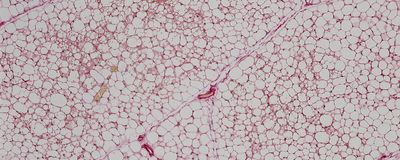Cell & Molecular Biology
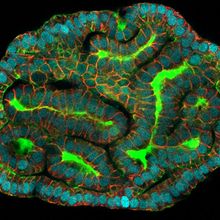
The Era of Organoids: Disease Modeling, Developmental Research, and Drug Response Prediction
Rebecca Roberts, PhD | Jan 4, 2025 | 5 min read
Acting as mini organs in a dish, organoids fuel diverse research areas, from cancer to evolutionary biology.

Exerkines: Molecular Messengers That Mediate Exercise Effects
Sneha Khedkar | Jan 3, 2025 | 6 min read
How does exercise benefit health? Molecules called exerkines partly regulate its effects and provide therapeutic targets to mimic the benefits of exercise.

Artificial Blood Vessels Help Scientists Study Deadly Snakebites
Claudia Lopez-Lloreda, PhD | Jan 3, 2025 | 3 min read
Venoms from four different snake species work differently to disrupt blood vessels.
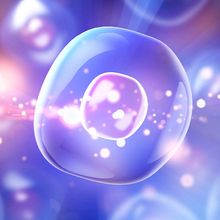
The 100 Million Cell Challenge Scales Up Single-Cell Transcriptomics
The Scientist Staff | Dec 19, 2024 | 5 min read
Giovanna Prout from Scale Biosciences discusses the inspiration for and results of the company’s ambitious single-cell sequencing endeavor.

Reindeers Pave the Way for Regenerative Medicine
Sneha Khedkar | Dec 18, 2024 | 6 min read
Investigating how reindeers shed and regenerate their antlers offers clues into mammalian organ regeneration.
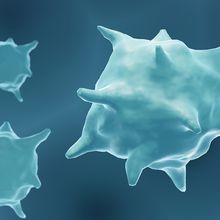
What Drives Myeloid Cell Responses to Disease
The Scientist and Bio X Cell | Dec 17, 2024 | 4 min read
The TREM2 receptor may hold the keys to understanding how myeloid cells affect immune responses to neurological disorders and cancer.

Inside the Microbial Jungle:
Tales from a Microbe Whisperer
Laura Tran, PhD | Dec 13, 2024 | 10 min read
Anne Madden sees the beauty and brawn of creepy-crawly microbes and how they may hold the solution to many human problems.
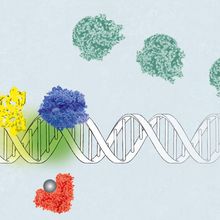
The Regulation of the lac Operon
Shelby Bradford, PhD | Dec 13, 2024 | 4 min read
Gene expression of lactose-digesting genes is controlled by the lac operon that accounts for varying amounts of lactose or glucose in the cell.

Pioneering the Aging Frontier with AI Models
Shelby Bradford, PhD | Dec 13, 2024 | 8 min read
David Furman uses computational power, collaborations, and cosmic inspiration to tease apart the role of the immune system in aging.
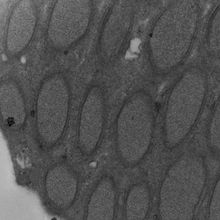
Wolbachia Turns 100: The Journey of a Triumphant Endosymbiont
Mariella Bodemeier Loayza Careaga, PhD | Dec 13, 2024 | 10+ min read
In a century, Wolbachia has gone from a master reproductive manipulator to a partner in the fight against pathogens, exemplifying how a microbe can shape hosts and diseases.
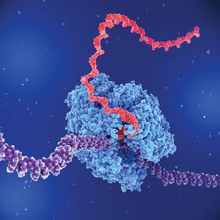
The lac Operon: A Lesson in Simple Gene Regulation
Shelby Bradford, PhD | Dec 13, 2024 | 10+ min read
The discovery of an inducible switch in Escherichia coli that controlled lactose metabolism offered the first clues into gene expression.
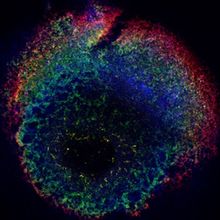
Scientists Get to the Heart of Blood Formation
Iris Kulbatski, PhD | Dec 11, 2024 | 4 min read
Researchers tweak heart-forming organoids to produce blood cells, in a process that mimics embryonic development.

Sphere Fluidics Launches Cyto-Cellect® Fc Fusion Assay Kit to Expedite Cell Line Development for Fusion Proteins
Sphere Fluidics | Dec 10, 2024 | 2 min read
Novel assay offers a highly sensitive and specific method to detect recombinant proteins containing the human IgG Fc domain.
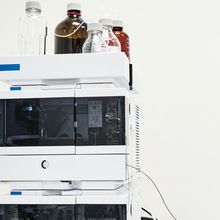
What Is Proteomics?
Sejal Davla, PhD | Dec 9, 2024 | 7 min read
Explore proteomics concepts, approaches, and data analysis.

ep Dualfilter T.I.P.S.® - Effective Protection from Bio-Aerosols
Eppendorf | Dec 6, 2024 | 1 min read
Application Note No. 490 “Reliable Protection Against Pipetting-Related Bio-Aerosol Contamination with ep Dualfilter T.I.P.S. Pipette Tips” describes the generation of aerosols when working with biological samples and the resulting contamination risk during pipetting.
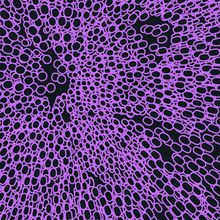
Optimizing Tissue Dissociation for High-Yield Single Cell Recovery
The Scientist and Bertin Technologies | Dec 3, 2024 | 3 min read
Multi-tissue dissociation kits provide a versatile and robust solution for streamlining single-cell dissociation workflows.
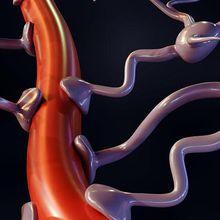
Modeling the Blood-Brain Barrier in a Dish
Sneha Khedkar | Dec 3, 2024 | 4 min read
Human brain and blood vessel organoids merged to form blood-brain barrier assembloids could provide clues into neurological diseases.
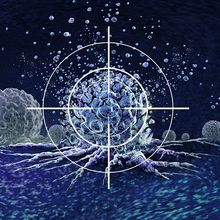
Molecular-Level Dissection of the Tumor Microenvironment
10x Genomics | Dec 2, 2024 | 1 min read
An immuno-oncology targeting panel accurately characterized tumor-resident immune cells and located pathologically and clinically relevant tumor microenvironment features.
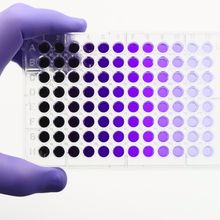
Achieving Consistency in Serial Dilutions
The Scientist Staff | Dec 2, 2024 | 2 min read
Researchers ensure the success of their serial dilution-based assays by using optimized protocols and advanced liquid handling tools.
